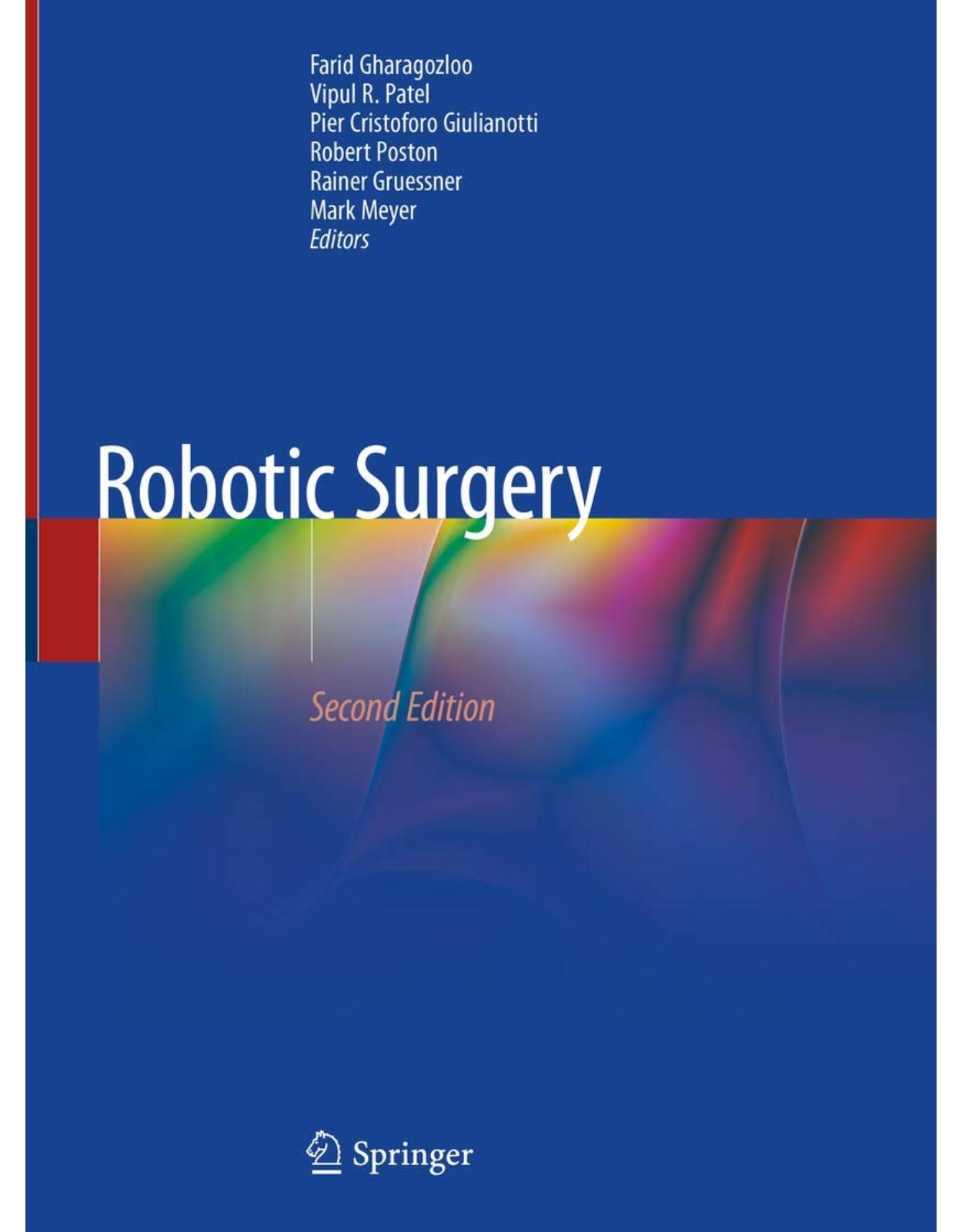
Robotic Surgery
Livrare gratis la comenzi peste 500 RON. Pentru celelalte comenzi livrarea este 20 RON.
Disponibilitate: La comanda in aproximativ 4 saptamani
Editura: Springer
Limba: Engleza
Nr. pagini: 1639
Coperta: Hardcover
Dimensiuni: 21.67 x 6.1 x 28.42 cm
An aparitie: 26 Mar. 2021
Description:
The first edition of Robotic Surgery was written only a decade after the introduction of robotic technology. It was the first comprehensive robotic surgery reference and represented the early pioneering look ahead to the future of surgery. Building upon its success, this successor edition serves as a complete multi-specialty sourcebook for robotic surgery. It seeks to explore an in-depth look into surgical robotics and remote technologies leading to the goal of achieving the benefits of traditional surgery with the least disruption to the normal functions of the human body. Written by experts in the field, chapters cover the fundamental principles of robotic surgery and provide clear instruction on their clinical application and long term results. Most notably, one chapter on “The Blueprint for the Establishment of a Successful Robotic Surgery Program: Lessons from Admiral Hymen R. Rickover and the Nuclear Navy” outlines the many valuable lessons from the transformative change which was brought about by the introduction of nuclear technology into the conventional navy with Safety as the singular goal of the change process. Robotics represents a monumental triumph of surgical technology. Undoubtedly, the safety of the patient will be the ultimate determinant of its success. The second edition of Robotic Surgery aims to erase the artificial boundaries of specialization based on regional anatomy and serves as a comprehensive multispecialty reference for all robot surgeons. It allows them to contemplate crossing boundaries which are historically defined by traditional open surgery.
Table of Contents:
Part I. Robotic Surgery: Overview
1. The Journey from Video Laparoscopy to Robotic and Digital Surgery
2. The Origins of Minimally Invasive and Robotic Surgery and Their Impact on Surgical Practice: A Sociological, Technological History
3. History of Robotic Surgery
4. Blueprint for the Establishment of a Successful Robotic Surgery Program: Lessons from Admiral Hyman R. Rickover and the Nuclear Navy
5. Validating Robotic Surgery Curricula
6. Defining and Validating Non-technical Skills Training in Robotics
7. Secrets of the Robotic Dance (The World’s Busiest Surgical Robot)
8. Credentialing and Privileging for Robotic Surgery in the United States
9. The Current State of Robotic Education
10. Real Tissue Robotic Simulation: The KindHeart Simulators
11. The Institute for Surgical Excellence: Its Role in Standardization of Training and Credentialing in Robotic Surgery
12. Opportunity Cost Analysis of Robotic Surgery
13. Political Aspects of Robotic Surgery
14. Achieving Financial Optimization of a da Vinci Robotic Program While Achieving Best Clinical Outcomes
15. The Senhance® Surgical System
16. Humanizing the Robot: Medicaroid’s Vision for the Future of Robotic Surgery
17. Mazor Core Robots in Spine Surgery
18. Intelligence and Autonomy in Future Robotic Surgery
19. Intellectual Property Considerations and Patent Protection: A Surgical Roadmap
20. The Internet of Skills: How 5G-Synchronized Reality Is Transforming Robotic Surgery
21. Augmented Surgery: An Inevitable Step in the Progress of Minimally Invasive Surgery
22. Telementoring for Minimally Invasive Surgery
23. Automation and Autonomy in Robotic Surgery
24. Will Hydrogel Models Fabricated Using 3D Printing Technology Replace Cadavers as the Ideal Simulation Platform for Robotic Surgery Training?
25. Robotic Surgery: The Future as I See It
Part II. Thoracic Section
26. The Basics of Starting a Robotic Thoracic Surgery Program
27. Instrumentation, Energy Devices, Staplers
28. Robotic Lobectomy
29. Robotic Right Upper Lobectomy with Mediastinal Lymph Node Dissection
30. Robotic Right Lower Lobe Lobectomy
31. Mediastinal Lymph Node Dissection and Approach to the Fissures
32. Robotic Surgery of the Mediastinum
33. Robotic Extended Thymectomy
34. The Robotic Approach to Intrathoracic Goiters
35. Robotic Anatomic Pulmonary Segmentectomy
36. Robotic Upper Lobe Pulmonary Segmentectomy
37. Robotic Segmentectomy: Lower Lobes
38. Hemorrhage Management During Robotic Surgery
39. Robotic Wedge, Apical Pleural Flap, and Pleurodesis
40. Robotic Pulmonary Decortication
41. Robotic Surgery for Thoracic Outlet Syndrome
42. Robotic Diaphragmatic Plication
43. Robotic Selective Thoracic Sympathectomy for Hyperhidrosis
44. Pain Control Following Robotic Thoracic Surgery
Part III. Esophageal and Foregut Section
45. Robotic Laparoscopic Gastroesophageal Valvuloplasty (Modified Belsey Fundoplication) for Gastroesophageal Reflux Disease
46. Robotic Nissen Fundoplication
47. Robotic Gastric Bypass as an Antireflux Procedure
48. Robotic Surgery for Reflux Disease
49. Robotic-Assisted Paraesophageal Hernia Repair
50. Robotic Anatomic and Physiologic Reconstruction of Paraesophageal Hiatal Hernias: Combining Lessons from a Century of Discovery and Controversy
51. Redo Hiatal Hernia Surgery: Robotic Laparoscopic Approach
52. Redo Hiatal Hernia Surgeries: Robotic Thoracoscopic Approach
53. Robotic Esophageal Myotomy for Achalasia
54. Robotic Ivor-Lewis Esophagectomy
55. Totally Robotic Ivor Lewis Esophagectomy
56. Robotic Esophagectomy: The European Experience
57. Robot-Assisted Minimally Invasive Esophagectomy in China
Part IV. Bariatric Surgery Section
58. Economics of Robotic Bariatric Surgery in Europe
59. Robotic Roux-En-Y Gastric Bypass (RA-RYGB)
60. The Learning Curve for Robotic Roux-en-Y Gastric Bypass
61. Robot-Assisted Biliopancreatic Diversion with Duodenal Switch
62. Robotic Sleeve Gastrectomy
63. Robotic Sleeve Gastrectomy
64. Robotic Revisional Bariatric Surgery
Part V. General Surgery Section
65. Single Site: Historical Perspectives and Current Application
66. Robotic Single-Site Surgery
67. Single-Site Systems in General Surgery
68. The Use of the Robot for Abdominal Oncologic Procedures
69. Robotic Hepatic Lobectomies
70. Robotic Hepatic Segmentectomies and Wedge Resections
71. Robotic Hepatic Resection
72. Robotic Hepatectomy
73. Robotic Pancreaticoduodenectomy (Whipple)
74. Robotic Distal Pancreatectomy
75. Robotic Pancreatectomy
76. Robotic Cholecystectomy
77. Gallbladder Cancer
78. Robotic HPB Surgery in Children
79. Robotic Adrenalectomy
80. Laparoscopic/Robotic Treatment of the Small Bowel Lesions
81. Robotic Small Bowel Resection
82. Robotic Decompression of Celiac Axis for Median Arcuate Ligament Syndrome
83. Robotic Inguinal Hernia Repair
84. Robotic Ventral Hernia Repair
85. Robotic TAPP for Inguinal Hernia Simple to Complex
86. Robotic Transabdominal Preperitoneal Ventral Hernia Repair (rTAPP VHR)
87. Robotic Abdominal Wall Reconstruction: Approaches for Primary Ventral, Incisional, and Recurrent Hernias
88. Robotic Transversus Abdominis Release (RoboTAR)
89. Robotic Anterior Component Separation
90. Starting a Robotic Abdominal Wall Surgery Programme in Europe
91. Complications in Robotic Surgery: How to Prevent and Treat?
92. Robotic Transplant Surgery
Part VI. Urology Section
93. Robot-Assisted Radical Prostatectomy: Keys to Starting and Succeeding
94. Surgical Margin in Robot-Assisted Radical Prostatectomy: Does It Matter?
95. Management of Positive Surgical Margins After Radical Prostatectomy
96. Key Elements for Approaching Difficult Cases During Urologic Robotic Surgery
97. Improving Outcomes for Early Return of Potency
98. Renal Ischemia and Approach to the Renal Hilum in Robotic Partial Nephrectomy: Tips and Tricks
99. Robot-Assisted Partial Nephrectomy
100. Robot-Assisted Pyeloplasty
101. Robot-Assisted Ureteral Reimplantation
102. The Role of Robotics in Adrenal Surgery
103. Step-by-Step Approach to Robotic Cystectomy and Extracorporeal Urinary Diversion
104. Robotic-Assisted Radical Cystectomy Outcomes
105. Robot-Assisted Radical Cystectomy: The MD Anderson Approach
106. Robotic Surgery of the Kidney and Ureter in the Pediatric Population
107. Robotic-Assisted Laparoscopic Ileocystoplasty and Mitrofanoff Appendicovesicostomy: Technique and Updated Experience
108. Preparation of the Operating Room, Back Table, and Surgical Team
109. Enhanced Recovery After Surgery (ERAS) in Urology: Where Do We Go From Here?
110. ERAS Protocol in RARP
111. CUSUM Analysis and the Learning Curve
Part VII. Gynecology Section
112. The US Perspective of Benefit of Minimally Invasive Surgery: Why Is This Important Now?
113. Port Placement and Patient Cart Docking for Robot-Assisted Gynecologic Surgery
114. Robot-Assisted Laparoscopic Myomectomy
115. Genital and Extragenital Endometriosis: Video-Laparoscopic with Robotic Assistance
116. Robot-Assisted Laparoscopic Hysterectomy
117. Video Laparoscopic Management of Adnexal Masses With or Without Robotic Assistance
118. Robot-Assisted Laparoscopic Microscopic Tubal Anastomosis
119. Robotic-Assisted Laparoscopic Surgery and Pelvic Floor
120. Complications in Robotic-Assisted Video Laparoscopic Surgery
121. Robotic Single-Site Gyn Surgery
Part VIII. Gynecology Oncology Section
122. Robotic Surgery and Physician Wellness in Gynecologic Oncology
123. Single-Site Robotic Surgery in Gynecology
124. Robotic-Assisted Radical Hysterectomy and Trachelectomy
Part IX. Cardiovascular Section
125. Robotic CABG via Minithoracotomy: Advantages, Challenges, and Pitfalls
126. Robotically Assisted Hybrid Coronary Intervention
127. Robotic Mitral Valve Repair
128. Robot-Assisted Vascular Surgery
Part X. Colorectal Section
129. Robotic Colorectal Surgery: General Considerations
130. Institutional Economics in Robotic Colorectal Surgery
131. Robotic Colectomy with CME
132. Robotic Left Colectomy with CME
133. Robotic Right Colectomy: The Italian Experience
134. Minimally Invasive Right Colectomy: Extracorporeal Versus Intracorporeal Anastomosis
135. Single-Site Minimally Invasive Colectomy
136. The Technique of a Robotic Low Anterior Resection
137. Robotic Total Mesorectal Excision for Rectal Cancer
138. Robotic Transanal Surgery and Navigation for Rectal Neoplasia
139. Pelvic Nerve Function and Robotic Pelvic Surgery: Is There Any Evidence?
140. Optimizing Sexual and Urinary Outcomes in Robotic TME
141. Robotic Rectal Cancer Surgery: Is There Life After ROLARR?
142. Robotic Rectal Prolapse Repair
143. Benign Diseases: Does the Robot Make Sense?
144. Future and Other Robotic Platforms
Part XI. Otolaryngology Section
145. Bilateral Axillo-Breast Approach (BABA) Robotic Thyroidectomy
146. Endoscopic and Robotic Thyroidectomy
147. Management of Sleep Apnea
148. Transoral Robotic Surgery for Tonsillar Neoplasms
149. Transoral Robotic Surgery for Supraglottic Neoplasms
150. Future of Robotics in Otolaryngology–Head and Neck Surgery
Back Matter
| An aparitie | 26 Mar. 2021 |
| Autor | Farid Gharagozloo, Vipul R. Patel, Pier Cristoforo Giulianotti, Robert Poston, Rainer Gruessner, Mark Meyer |
| Dimensiuni | 21.67 x 6.1 x 28.42 cm |
| Editura | Springer |
| Format | Hardcover |
| ISBN | 9783030535933 |
| Limba | Engleza |
| Nr pag | 1639 |
-
1,18800 lei 95100 lei



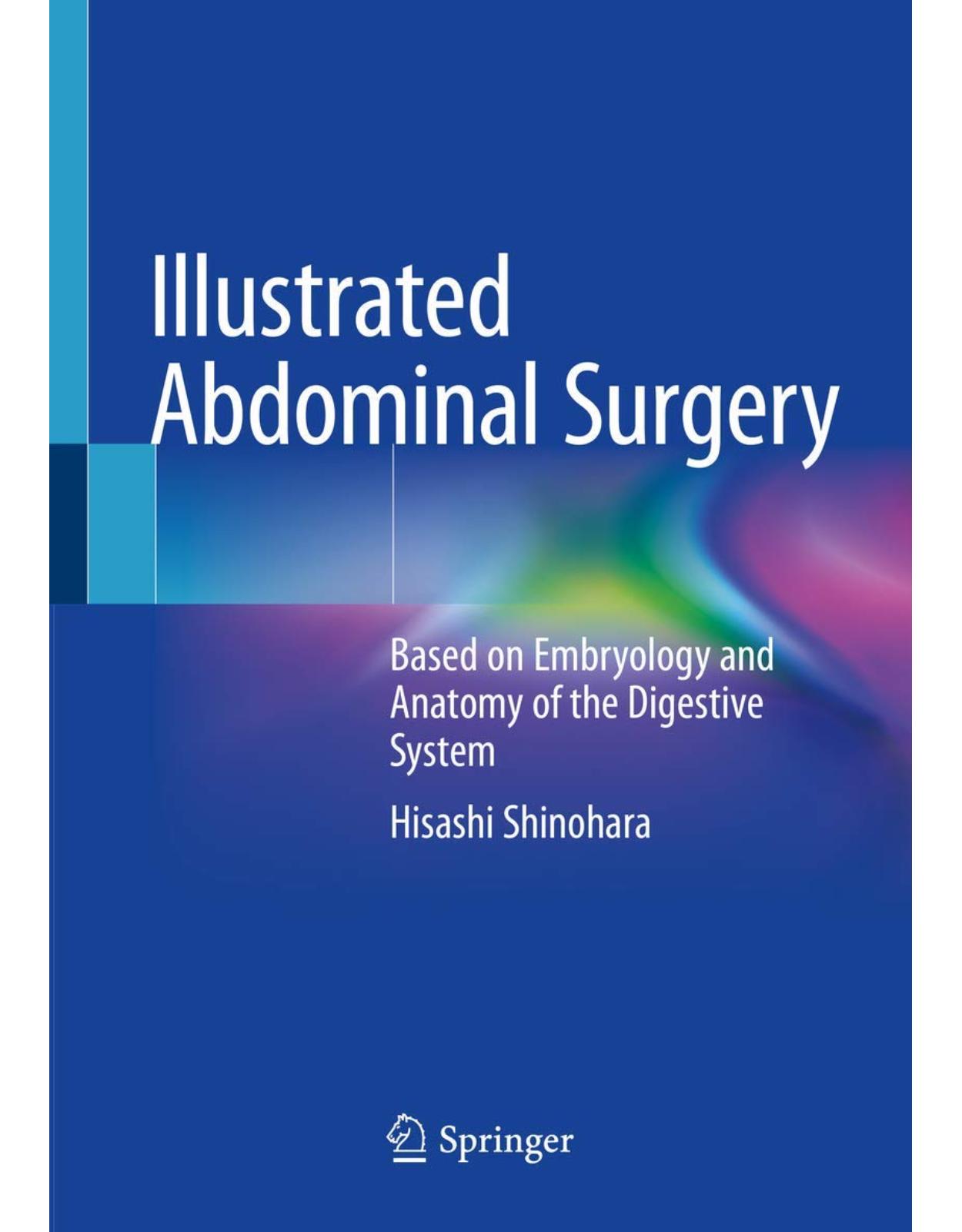
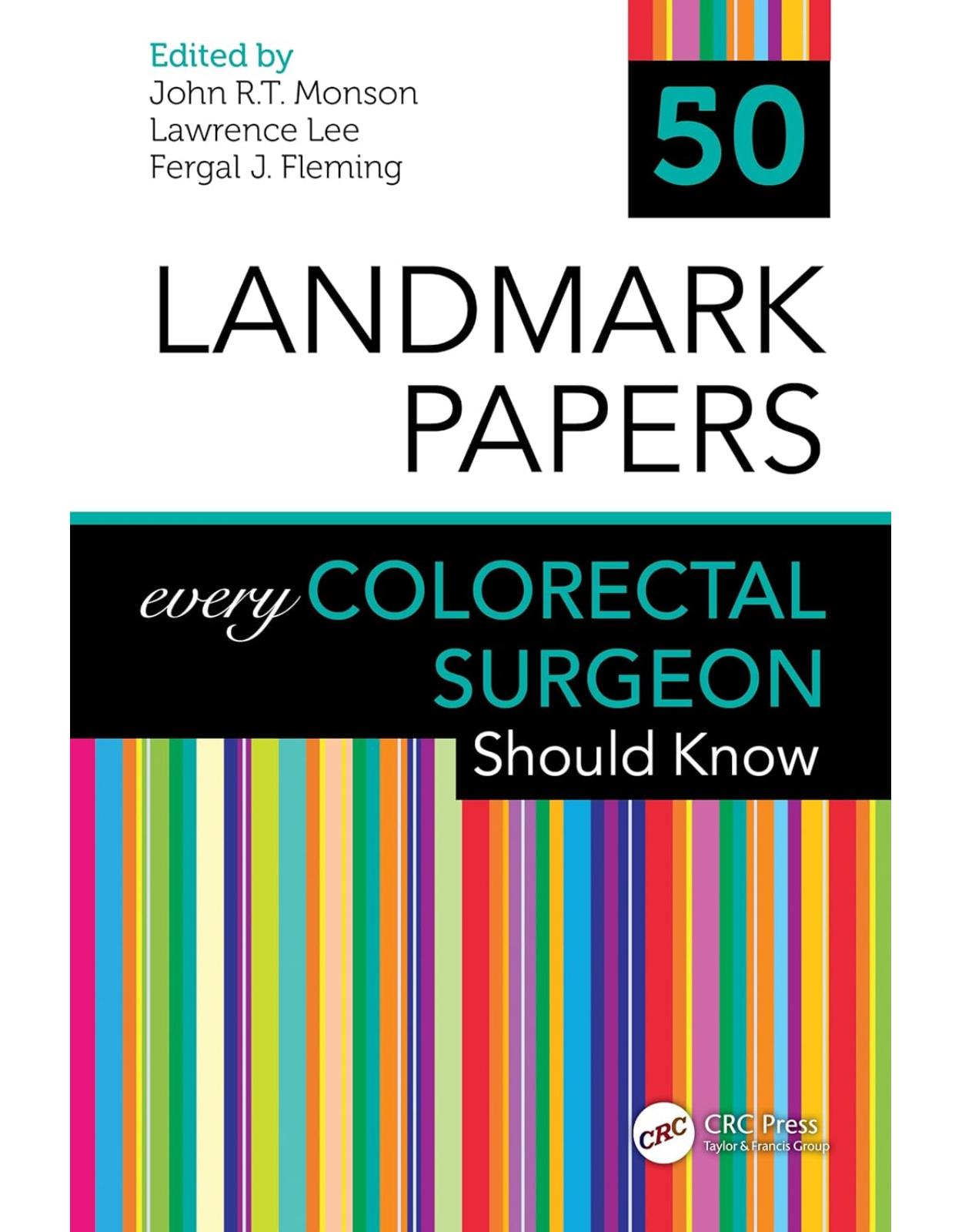
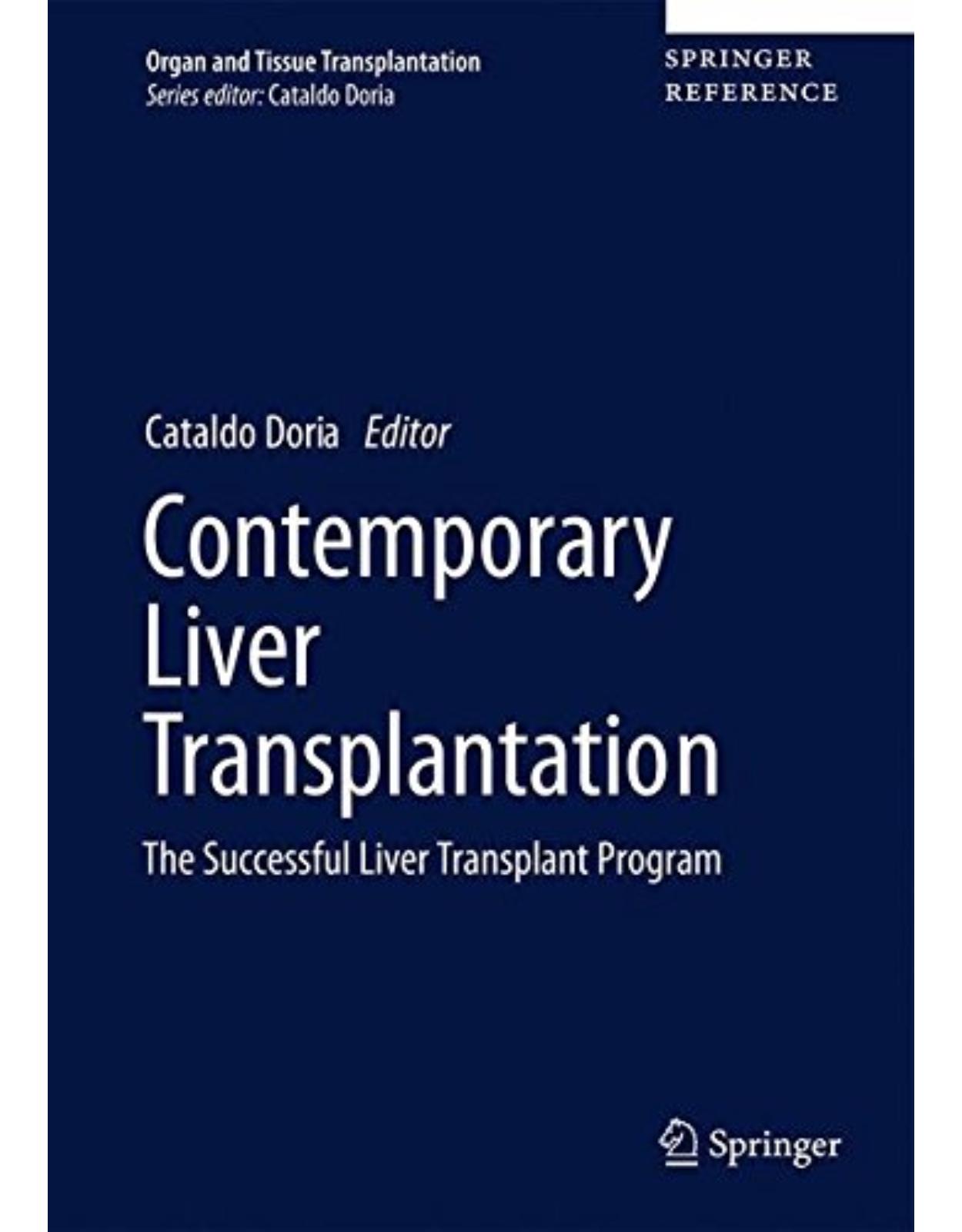
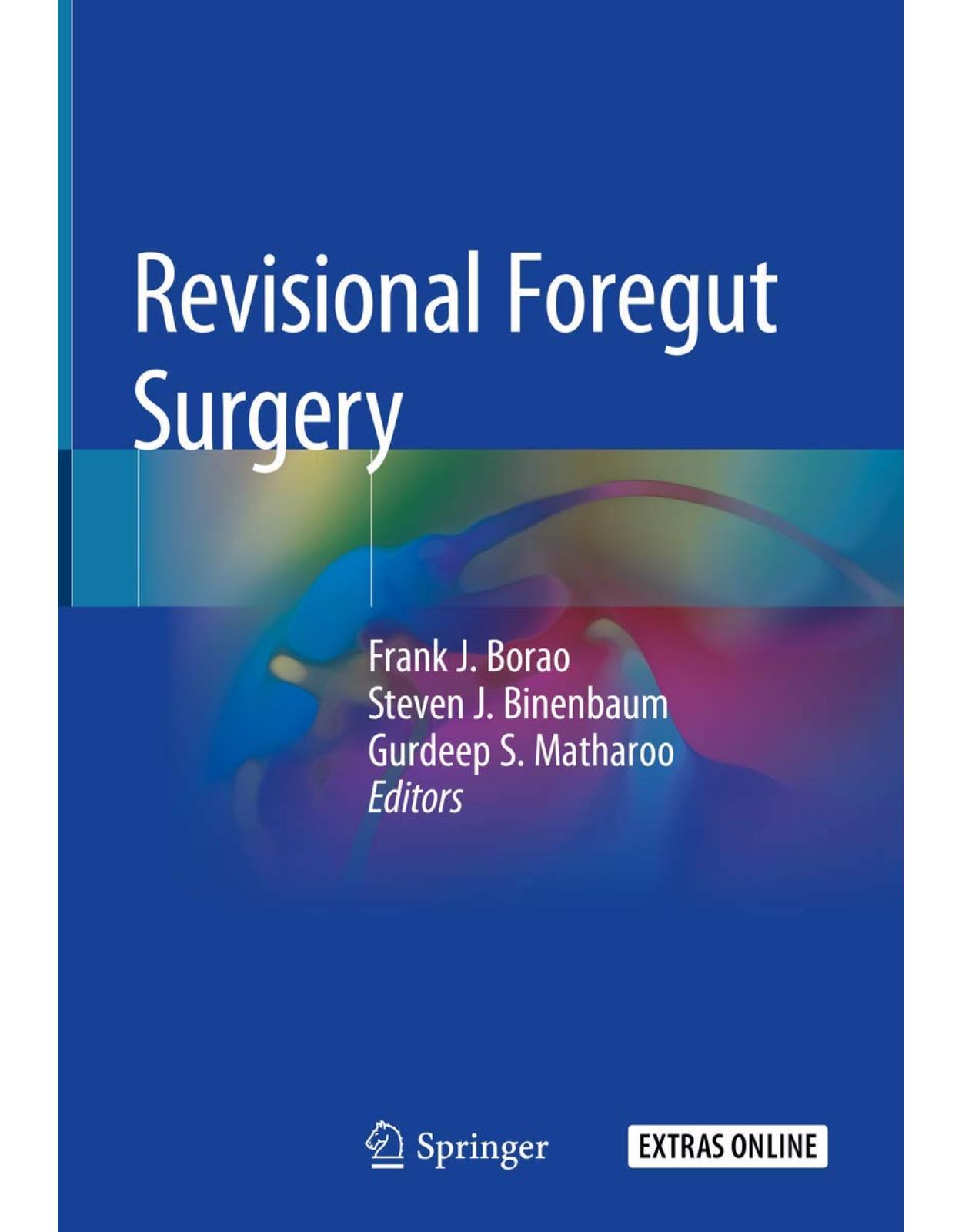
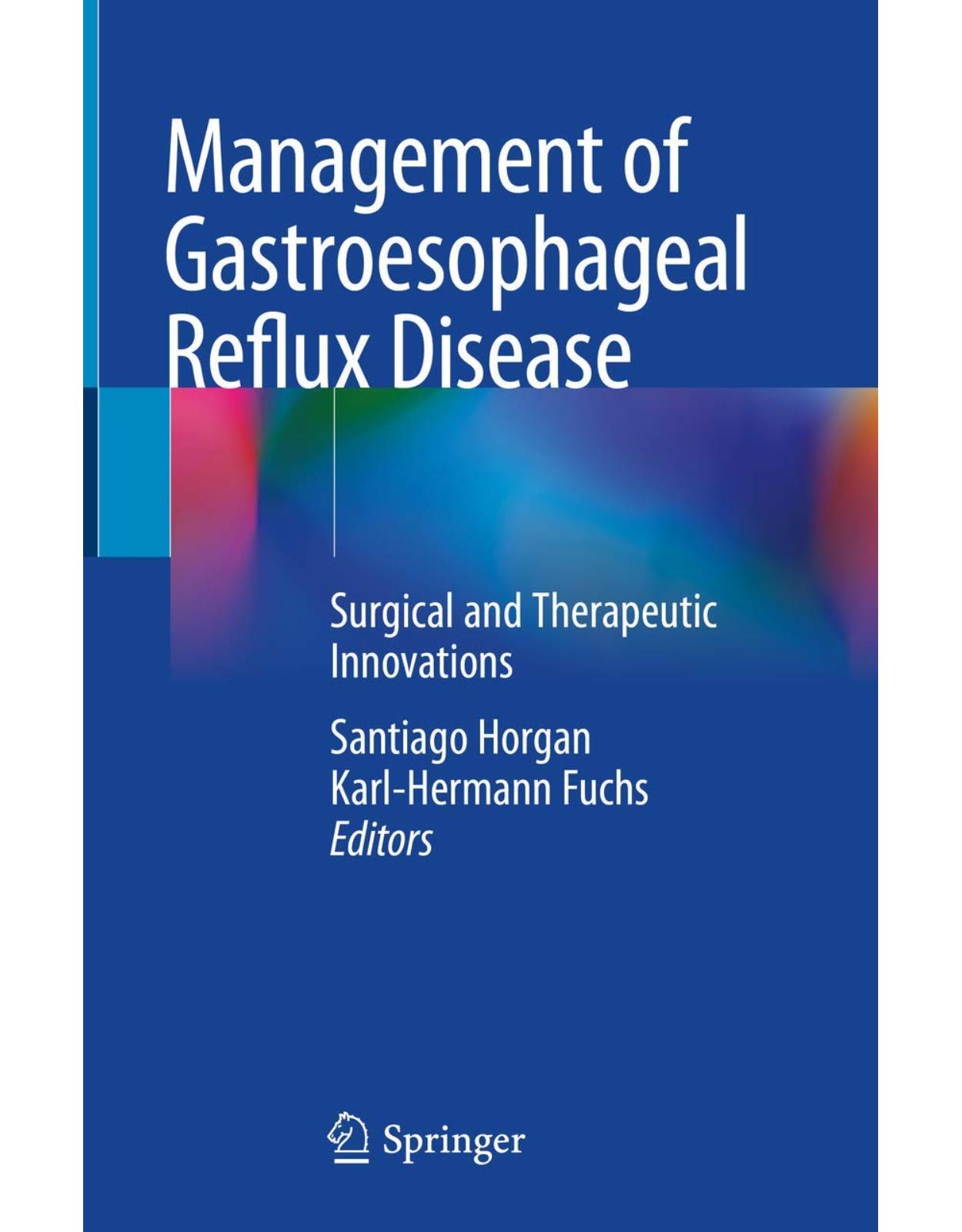
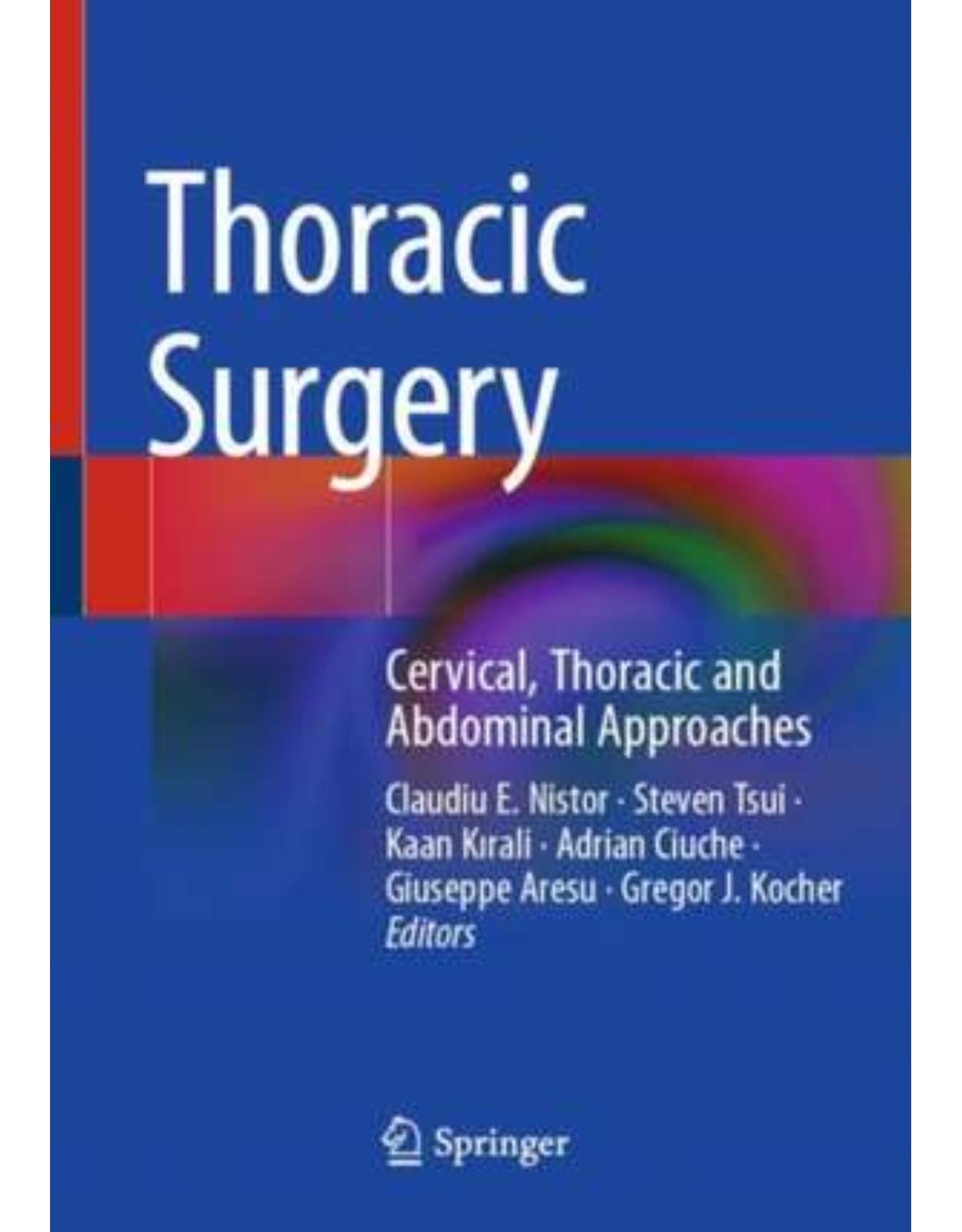
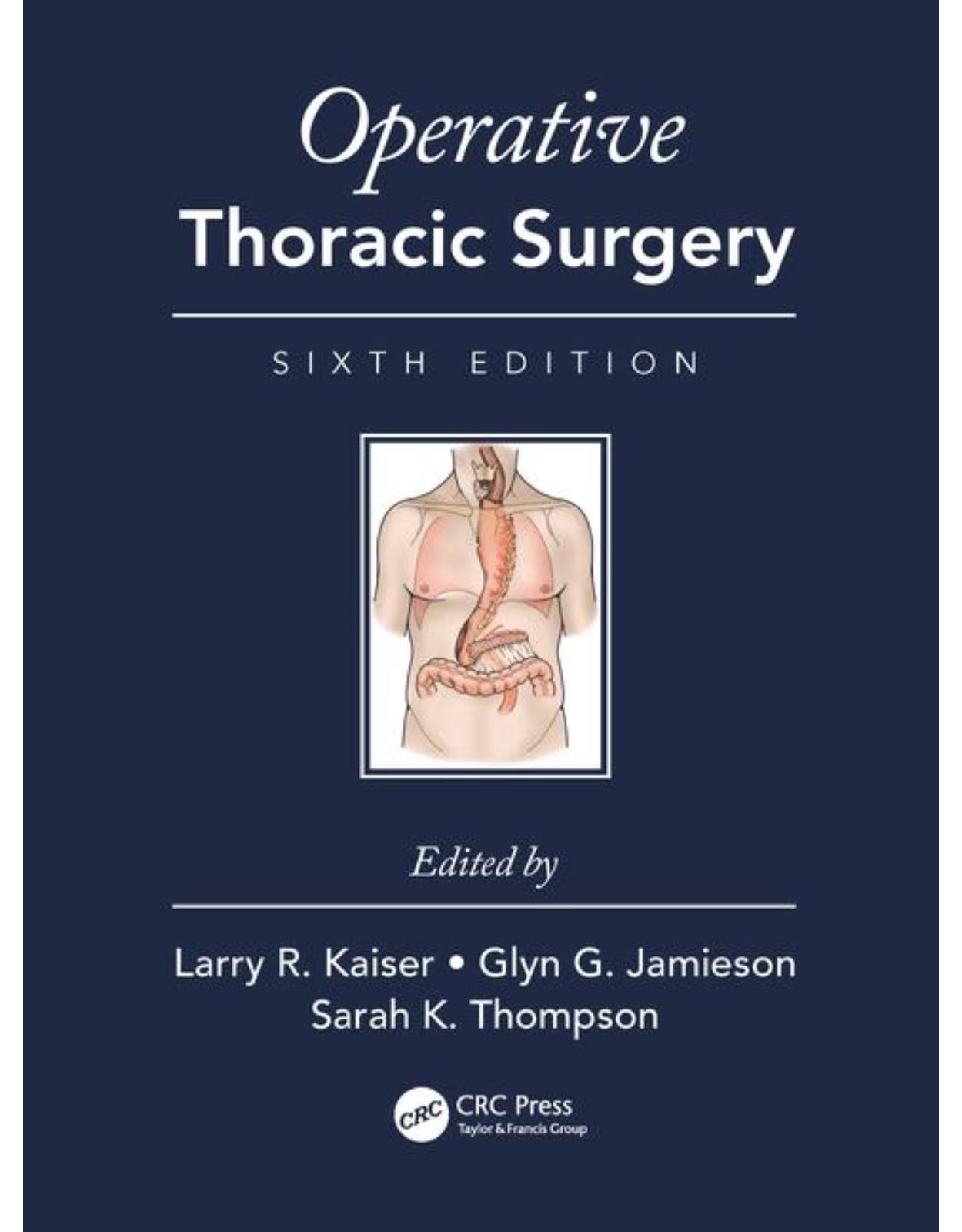
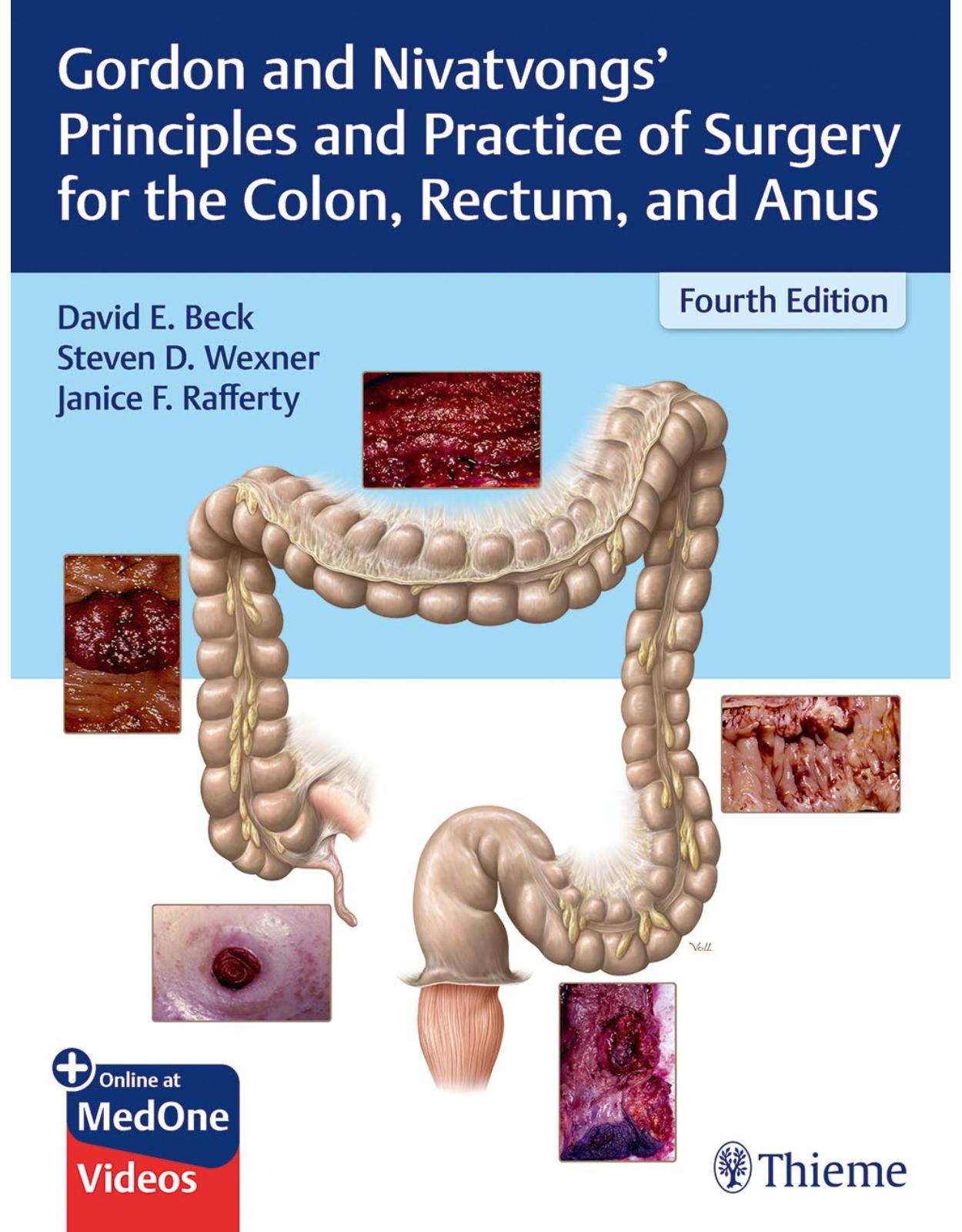
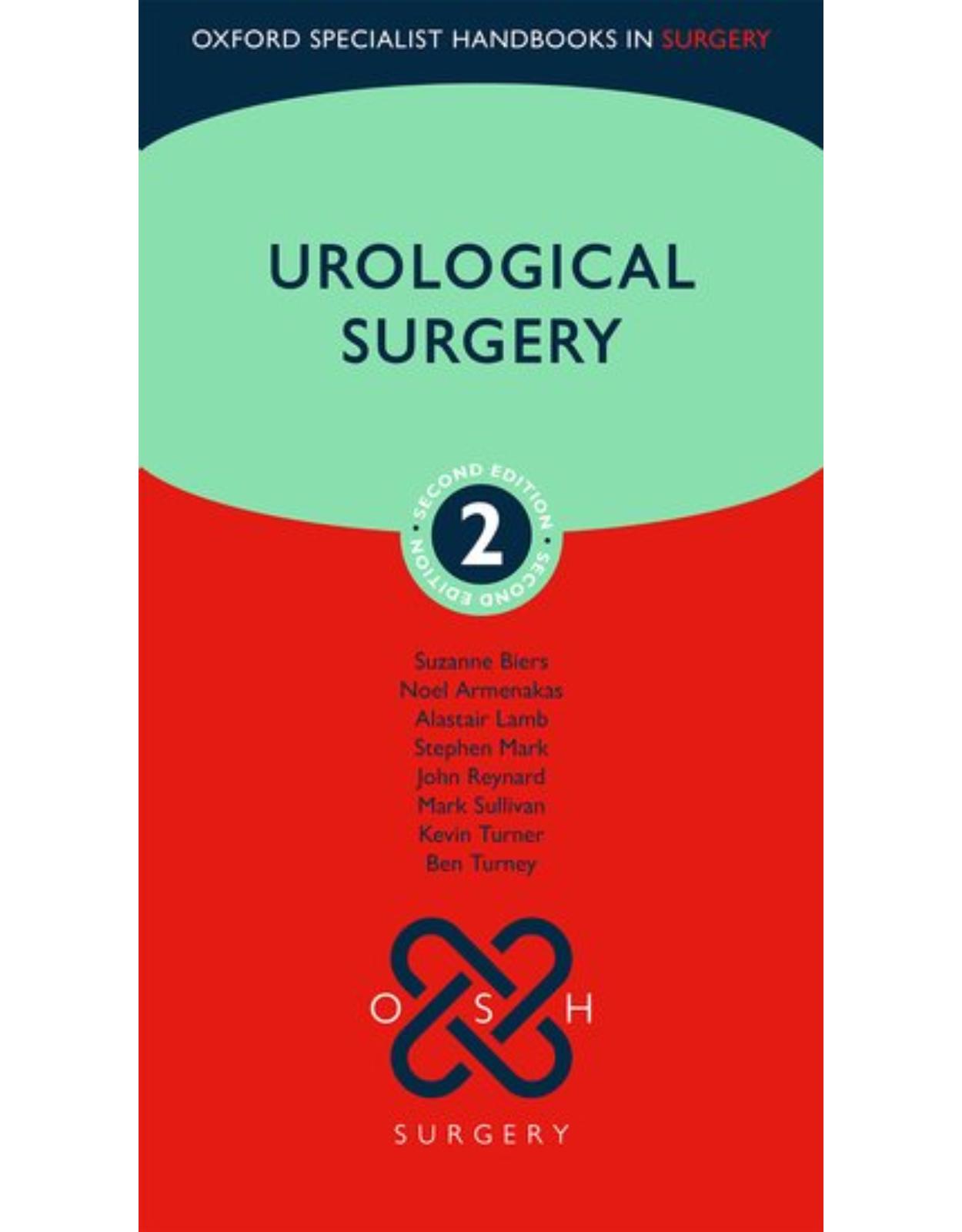
Clientii ebookshop.ro nu au adaugat inca opinii pentru acest produs. Fii primul care adauga o parere, folosind formularul de mai jos.